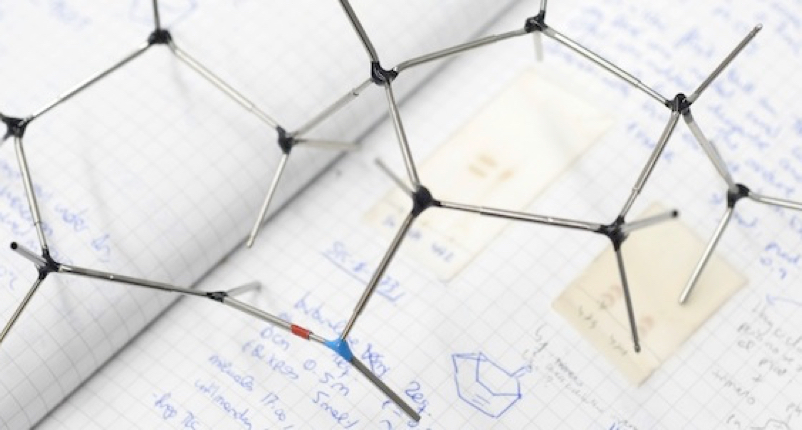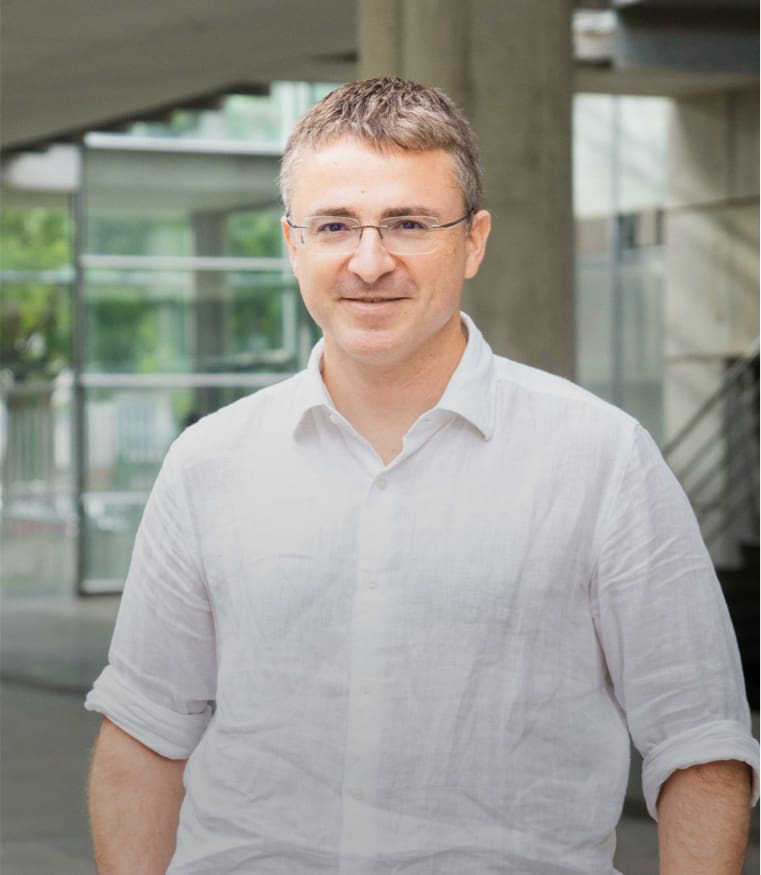Metal-Catalyzed Carboxylation of Organic (Pseudo)halides with CO2
The recent years have witnessed the development of metal-catalyzed reductive carboxylation of organic (pseudo)halides with CO2 as C1 source, becoming powerful alternatives to existing methodologies for preparing carboxylic acids, privileged motifs in a myriad of pharmaceuticals and molecules displaying significant biological properties. While originally visualized as exotic cross-coupling reactions, a close look into the literature data indicates that these processes have become a fertile ground, allowing for the utilization of a variety of coupling partners, even with particularly challenging substrate combinations. As for other related cross-electrophile scenarios, the vast majority of reductive carboxylation of organic (pseudo)halides are characterized by their simplicity, mild conditions and by a broad functional group compatibility, suggesting that these processes could be implemented in late-stage diversification. This perspective describes the evolution of metal-catalyzed reductive carboxylation of organic (pseudo)halides from its inception in the pioneering stoichiometric work of Osakada to the present. Specific emphasis is devoted to the reactivity of these coupling processes, with substrates ranging from aryl-, vinyl-, benzyl- to unactivated alkyl (pseudo)halides. Despite the impressive advances realized, a comprehensive study detailing the mechanistic intricacies of these processes is still lacking. Some recent empirical evidences reveal an intriguing dichotomy exerted by the substitution pattern on the ligands utilized; still, however, some elementary steps within the catalytic cycle of these reactions remain speculative, in many instances invoking a canonical cross-coupling process. Although tentative, we anticipate that these processes might fall into more than one distinct mechanistic category depending on the substrate utilized, suggesting that investigations aimed at unraveling the mechanistic underpinnings of these processes will likely bring new and innovative research grounds in this vibrant area of expertise

Marino Börjesson, Toni Moragas, Daniel Gallego, and Ruben Martin
ACS Catal. 2016, 6739–6749
DOI:
Go to the journal
Observations
*Selected as ACS Editors’ Choice
**Among the most accessed articles in October 2016
***Among the most accessed articles in the year 2016

Let's create a brighter future
Join our team to work with renowned researchers, tackle groundbreaking
projects and contribute to meaningful scientific advancements




















